- Understanding the Rise of Home Energy Storage
- Critical Technical Advances Behind Modern Systems
- Comparative Analysis of Industry-Leading Solutions
- Personalized Power Storage Solutions for Every Home
- Practical Implementation in Diverse Environments
- Essential Safety Standards and Compliance Frameworks
- The Future Landscape for Residential Power Independence
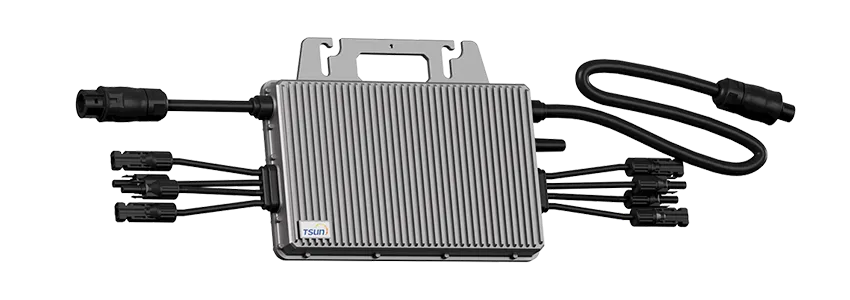
(household energy storage)
Why Household Energy Storage Systems Are No Longer a Luxury
Residential energy demands have surged by 42% worldwide since 2010 according to IEA reports, creating unprecedented grid instability. Over 900,000 homeowners installed energy storage units in 2023 alone, driven by increasing blackouts and soaring electricity costs. This adoption marks a fundamental shift from viewing battery storage as premium equipment to considering it essential residential infrastructure.
Modern households require continuous power for remote work, medical devices, and smart home ecosystems - needs traditional grids increasingly fail to meet. System configurations now combine photovoltaic generation with intelligent battery management to create self-sustaining microgrids. When properly sized, these installations can provide three days of backup power during outages while reducing utility bills by 30-70% annually through peak shaving strategies.
Technical Innovations Driving Efficiency
Contemporary residential batteries leverage lithium iron phosphate (LFP) chemistry with cycle lives exceeding 6,000 cycles – a 300% improvement over previous generations. Tesla's Powerwall 3 exemplifies this with 97% round-trip efficiency and seamless islanding capability. Thermal management systems maintain optimal operating temperatures between -4°F to 122°F (-20°C to 50°C), ensuring reliability in extreme climates.
Advanced energy management systems (EMS) now integrate artificial intelligence for consumption pattern recognition. These systems automatically shift between grid charging, solar harvesting, and discharge modes while predicting usage patterns with 92% accuracy. Modular architectures enable scalable capacity from 5kWh starter units to 40kWh whole-home solutions without requiring complete system overhauls when expanding.
Market Solutions Comparison
| Model |
Capacity |
Round-trip Efficiency |
Scalability |
Warranty |
DC-Coupled |
| LG Chem RESU Prime |
16 kWh |
94.5% |
4 units max |
10 years |
✓ |
| Tesla Powerwall 3 |
13.5 kWh |
97% |
10+ units |
10 years |
✓ |
| Generac PWRcell |
18 kWh |
96% |
9 units max |
10 years |
✓ |
| Sonnen ECO 15 |
15 kWh |
90% |
8 units max |
15 years |
✗ |
Industry testing reveals average lifespan differences between chemistries: NMC batteries degrade approximately 15% after 2,000 cycles versus just 8% degradation for LFP alternatives under identical conditions. Installation flexibility varies significantly - DC-coupled systems integrate directly with solar arrays for 6-8% higher overall efficiency than AC alternatives despite requiring more complex configurations.
Customization Methodology
Professional site evaluations consider four critical dimensions: historical energy consumption patterns, roof orientation for solar coupling, local utility rate structures, and essential circuit prioritization. The configuration process begins with calculating critical load requirements using specialized tools that analyze smart meter data to determine:
- Base power requirements (refrigeration, lighting, networking)
- High-drain appliance usage (HVAC, electric vehicle charging)
- Peak demand hours and seasonal variations
- Grid outage frequency and average duration
Southwest installations typically prioritize heat pump integration with solar synchronization, while Northeast configurations emphasize storm resilience with layered backup systems. Hardware selection varies accordingly - sunny regions benefit from DC-coupled architectures while areas with TOU electricity pricing demand advanced energy scheduling controllers.
Implementation Case Studies
Coastal California Residence: A 5,500 sq ft property integrated three Tesla Powerwalls with existing 18kW solar array. Configuration achieved complete off-grid capability during wildfires with automatic transfer switching that maintained power to critical circuits within 200 milliseconds during utility interruptions. The system's AI energy coordinator reduced peak demand charges by 74% annually while enabling virtual power plant participation.
Swedish Off-Grid Cabin: In subarctic conditions, a modular Sonnen system with glycol-based thermal regulation maintained functionality at -22°F (-30°C) using snow-melting panels. The polar-tested configuration included specialized battery heaters and thick insulation layers that consumed just 12% of stored energy for self-preservation while delivering consistent performance through three-month winter darkness periods.
Safety and Compliance Essentials
All reputable systems meet UL 9540 certification standards with comprehensive safety mechanisms including:
- Cell-level thermal runaway prevention
- Arc-fault circuit interruption
- Galvanic isolation between components
- Ground fault protection
- Flame-retardant enclosures
Fire department engagement protocols require dedicated disconnects labeled according to NEC Article 706.15. German installations demonstrate best practices with mandatory 0.5 meter fire breaks between adjacent units and structural reinforcement for wall-mounted batteries exceeding 200 lbs. Performance monitoring systems provide firefighters real-time state-of-charge data through standardized connectors during emergencies.
The Future Landscape for Household Energy Storage
Analysts project the global residential storage market will grow from $3.4 billion to over $15.6 billion by 2029 as technologies advance. Emerging solid-state batteries promise capacities exceeding 40kWh within footprints comparable to today's 10kWh units. California's 24 energy codes now mandate solar-ready circuits with storage pre-wiring in new construction, setting regulatory precedents expected to expand nationwide.
Vehicle-to-home (V2H) integration represents the next frontier, enabling electric vehicles to function as mobile household energy storage
batteries during outages. Several automakers have demonstrated prototypes where standard EV packs can power typical homes for three to five days. Grid services aggregation platforms are emerging that compensate homeowners $1,000+ annually for contributing stored energy during regional peak events.
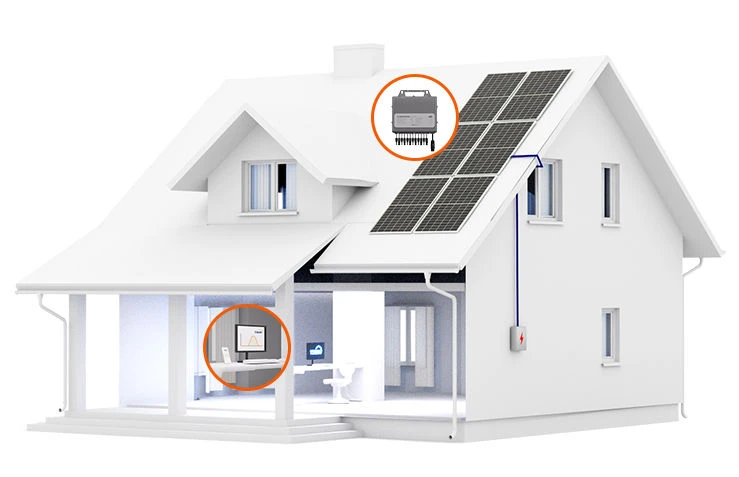
(household energy storage)
FAQS on household energy storage
Q: What is a household energy storage system?
A: A household energy storage system stores excess energy, typically from solar panels, for later use. It includes batteries, inverters, and management software. This setup helps reduce reliance on the grid and lowers electricity bills.
Q: How does a household energy storage battery work?
A: Household energy storage batteries store energy generated from renewable sources or off-peak grid electricity. They discharge power during high-demand periods or outages. Modern batteries use lithium-ion technology for efficiency and longevity.
Q: What are the benefits of installing household energy storage?
A: Benefits include energy independence, reduced utility costs, and backup power during outages. It also supports renewable energy utilization and lowers carbon footprints. Systems are scalable to fit varying household needs.
Q: How to choose the right household energy storage system?
A: Consider battery capacity, compatibility with solar panels, and warranty terms. Evaluate peak power output for appliance needs. Prioritize safety certifications like UL 9540 for reliable performance.
Q: Are household energy storage systems easy to maintain?
A: Most systems require minimal maintenance, with automatic monitoring software. Batteries need occasional temperature checks and firmware updates. Manufacturers typically provide remote troubleshooting support.
 LEARN DETAILS
LEARN DETAILS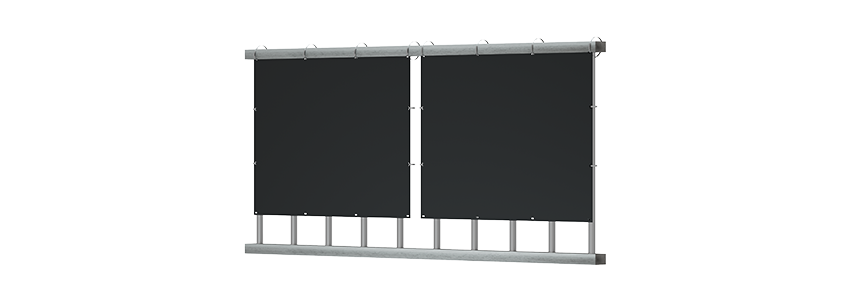
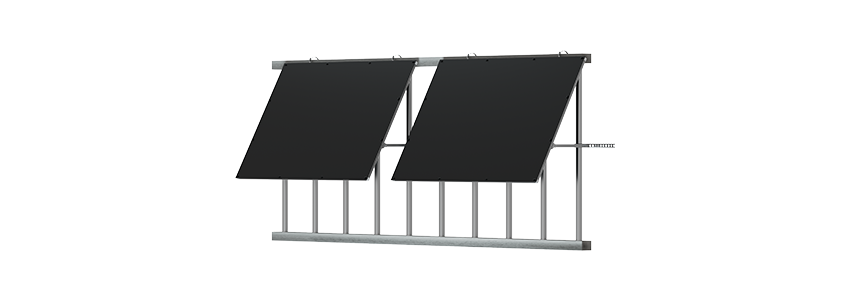

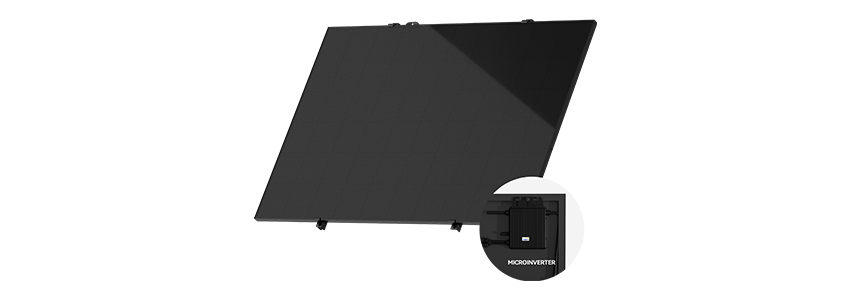
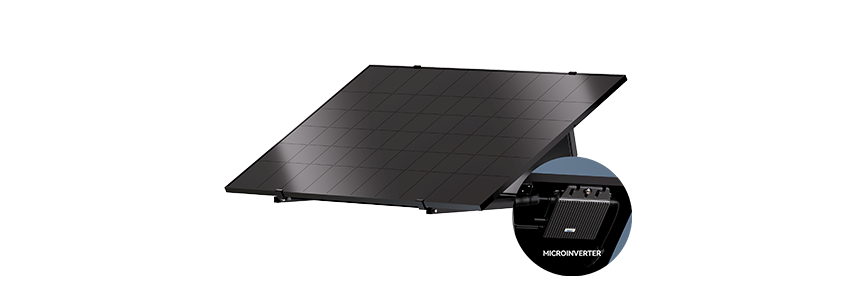
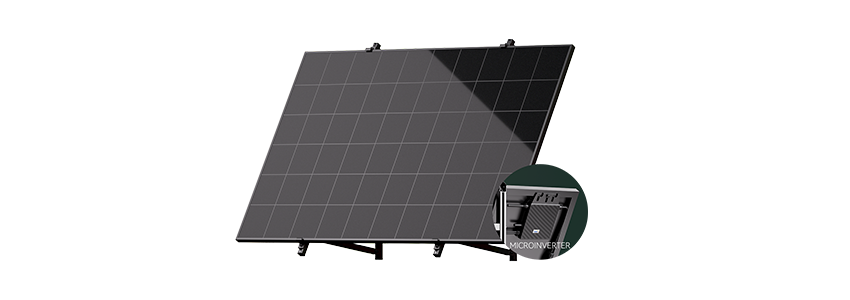
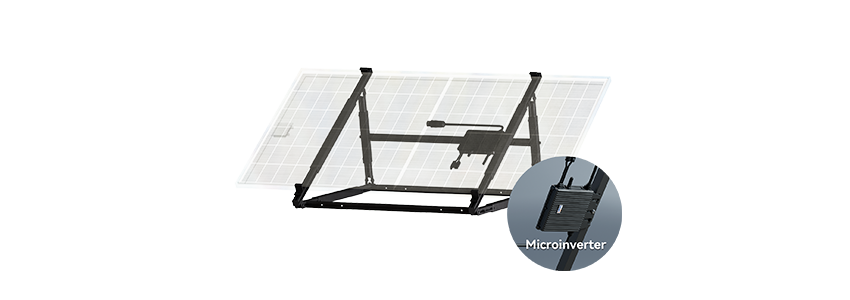
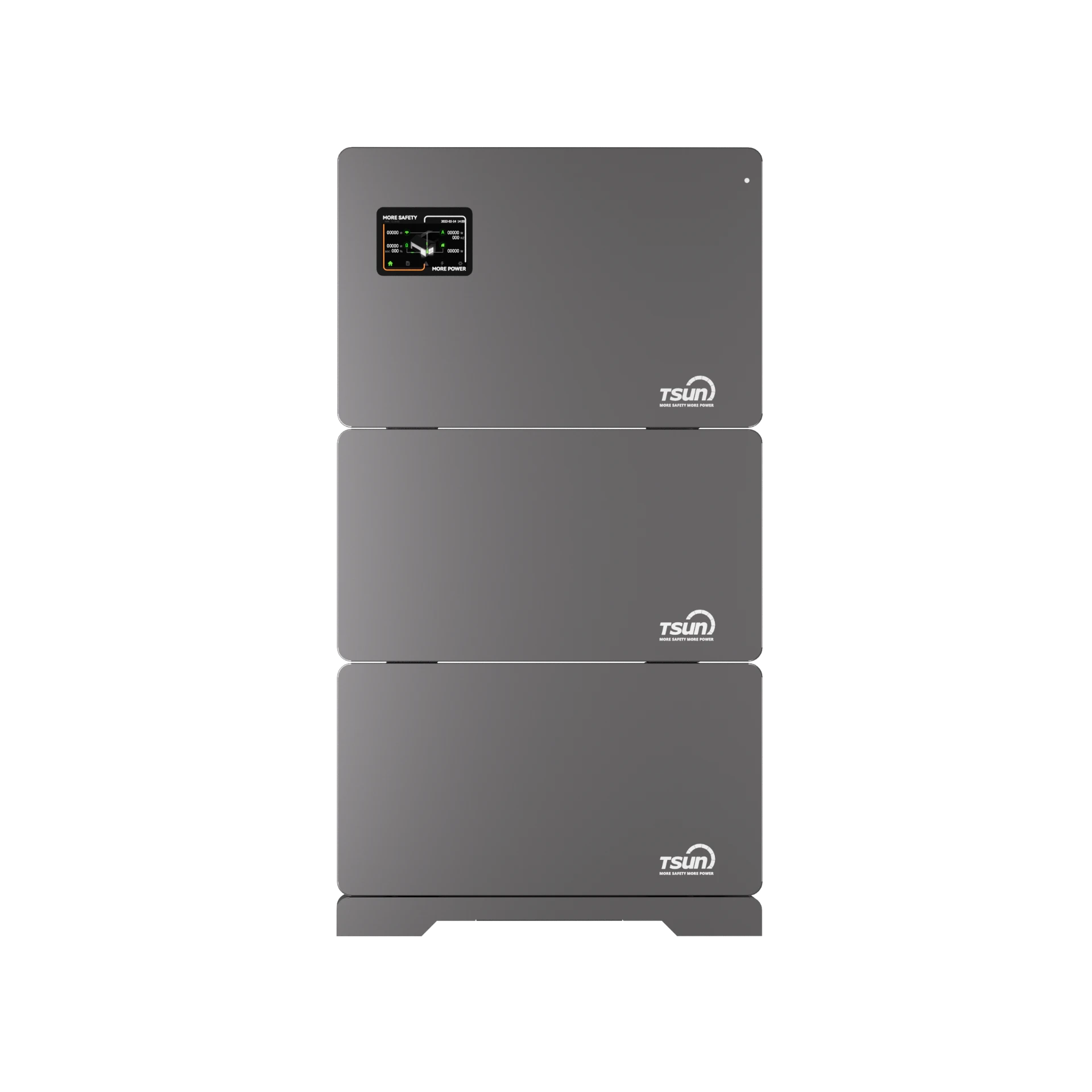




 LEARN DETAILS
LEARN DETAILS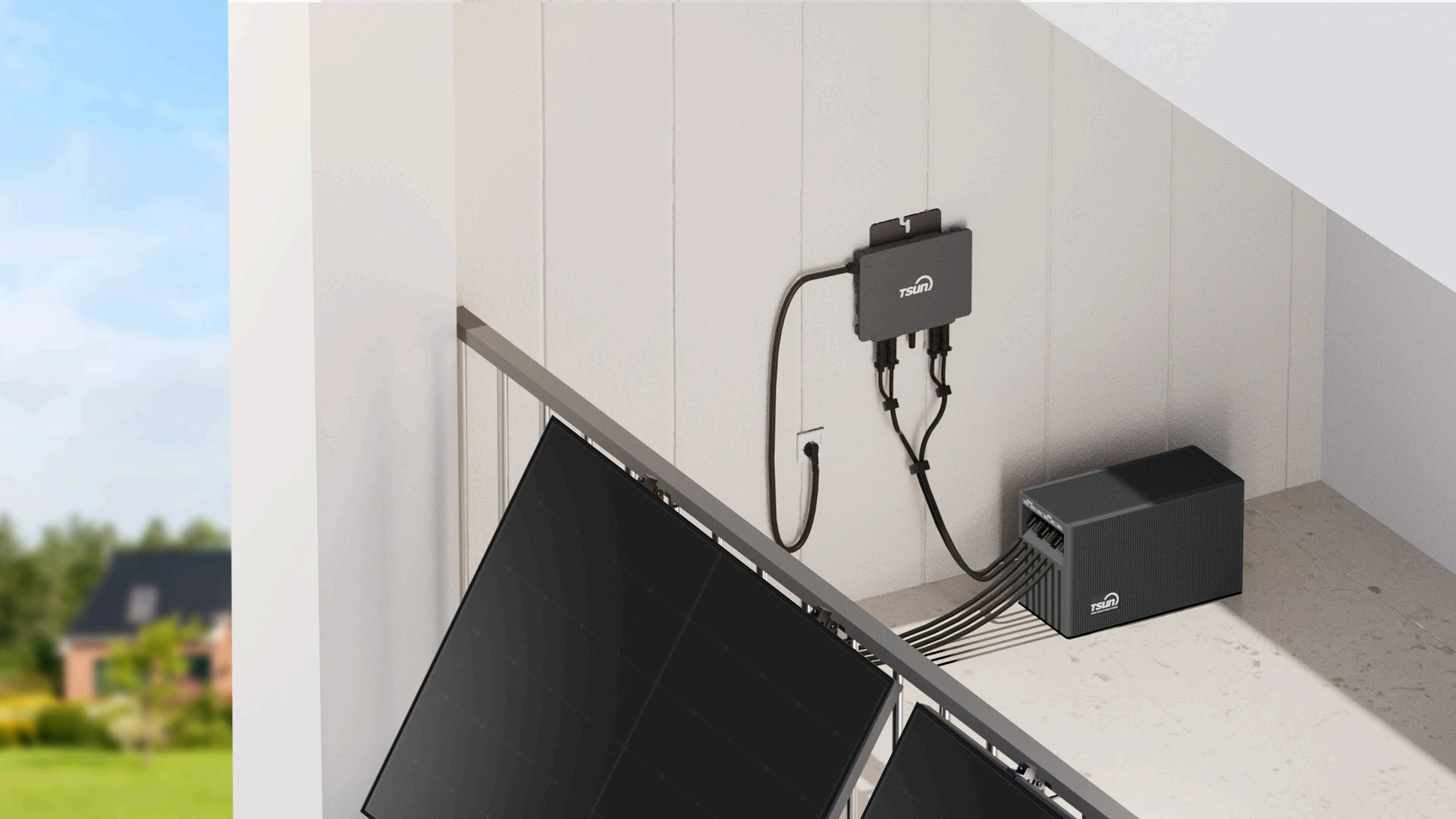
 LEARN DETAILS
LEARN DETAILS
 LEARN DETAILS
LEARN DETAILS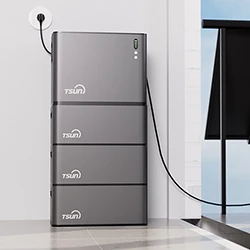
 LEARN DETAILS
LEARN DETAILS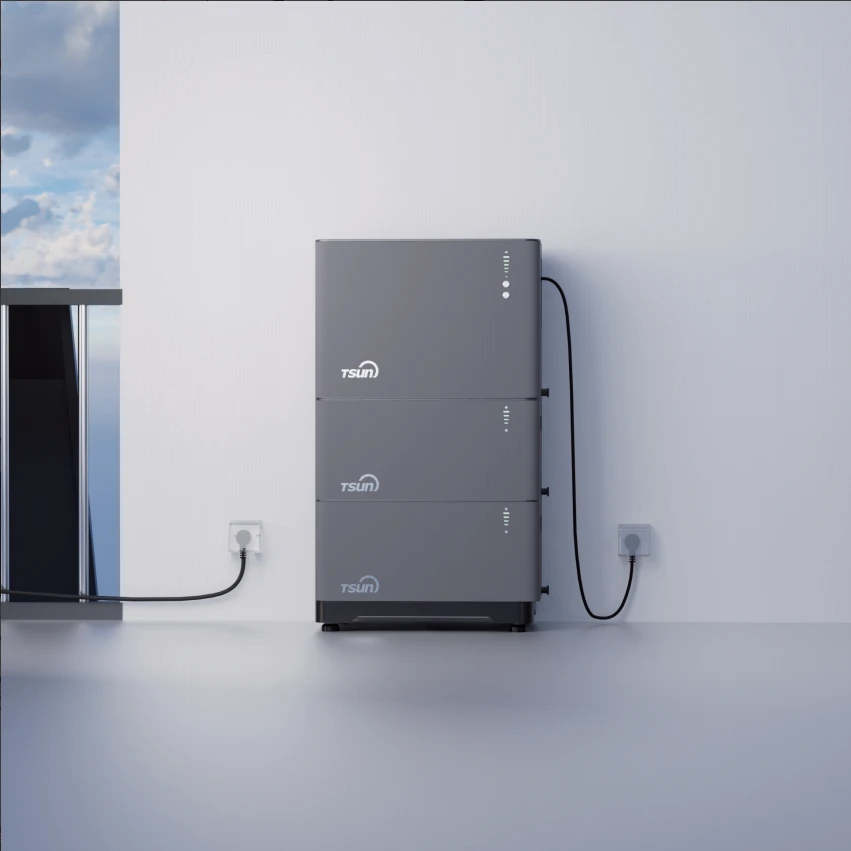
 LEARN DETAILS
LEARN DETAILS

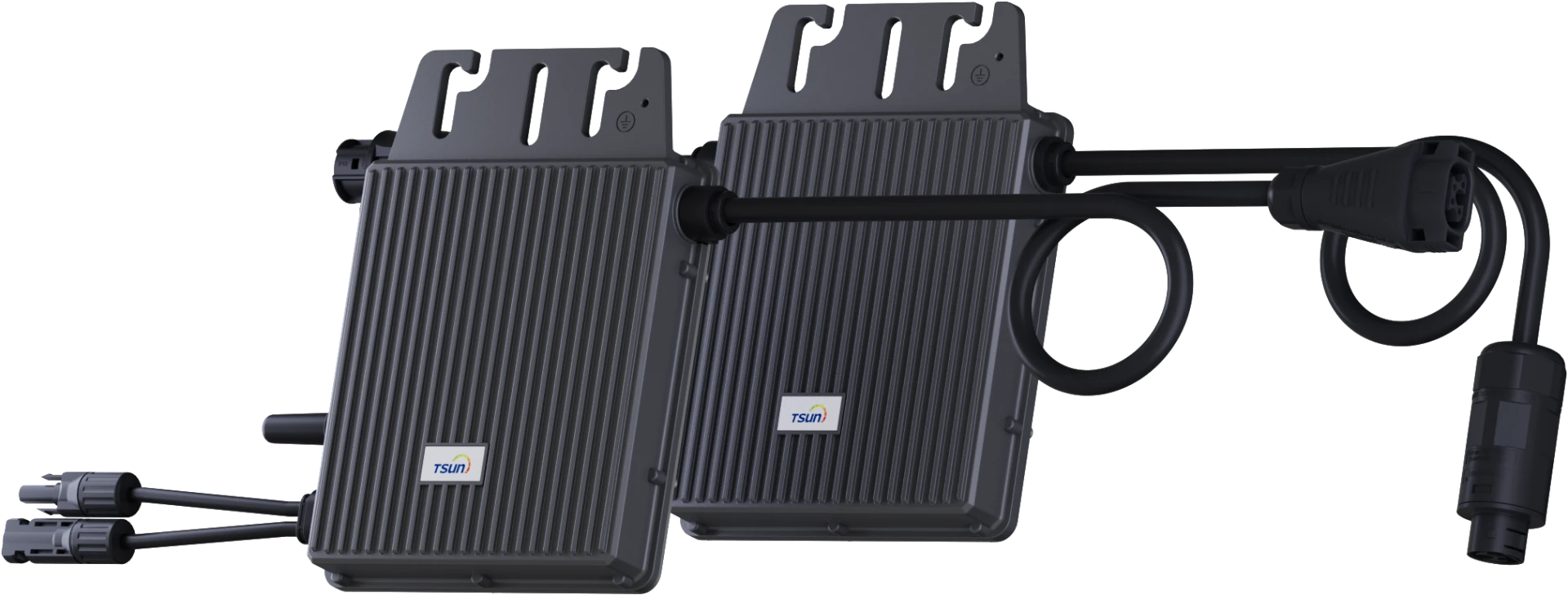

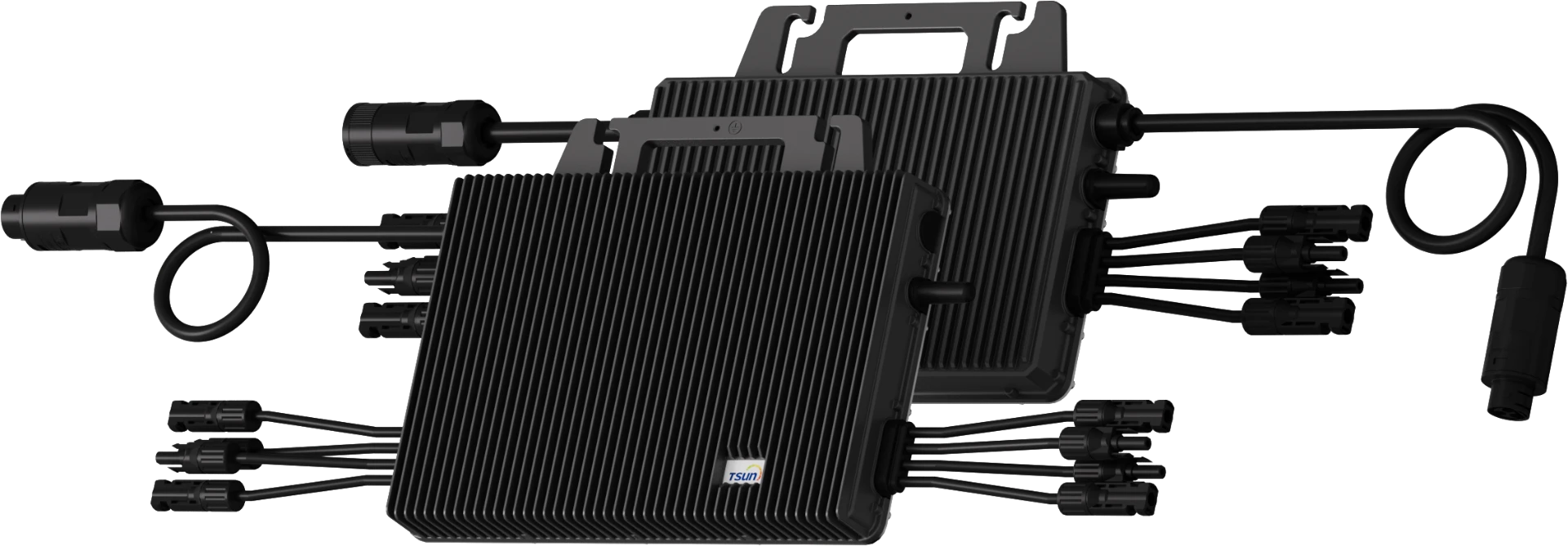
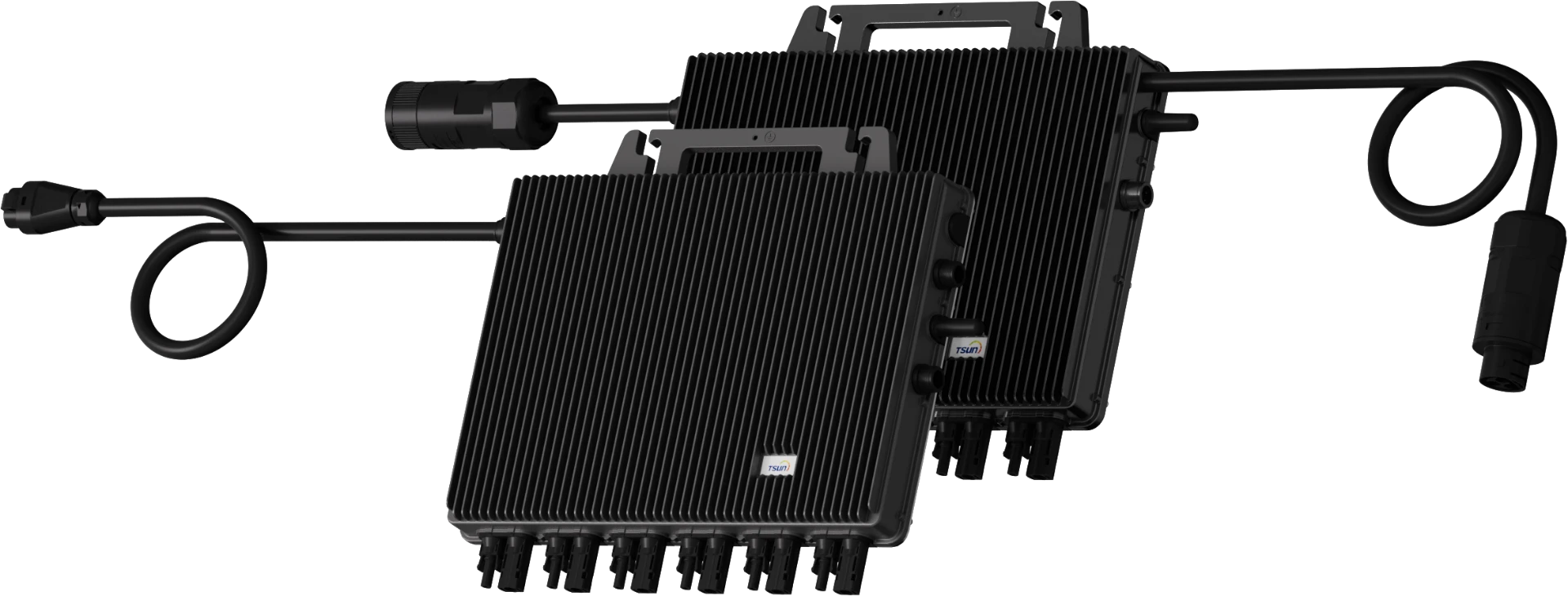
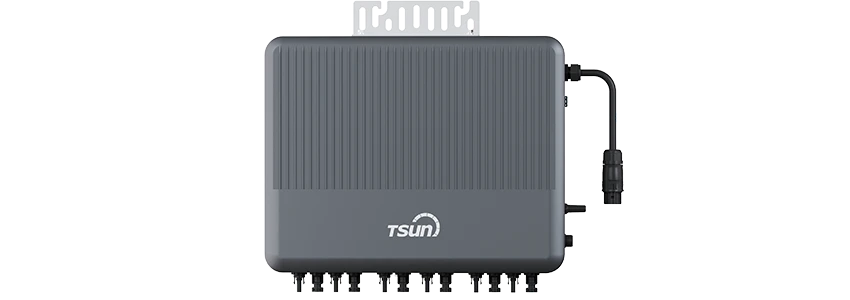
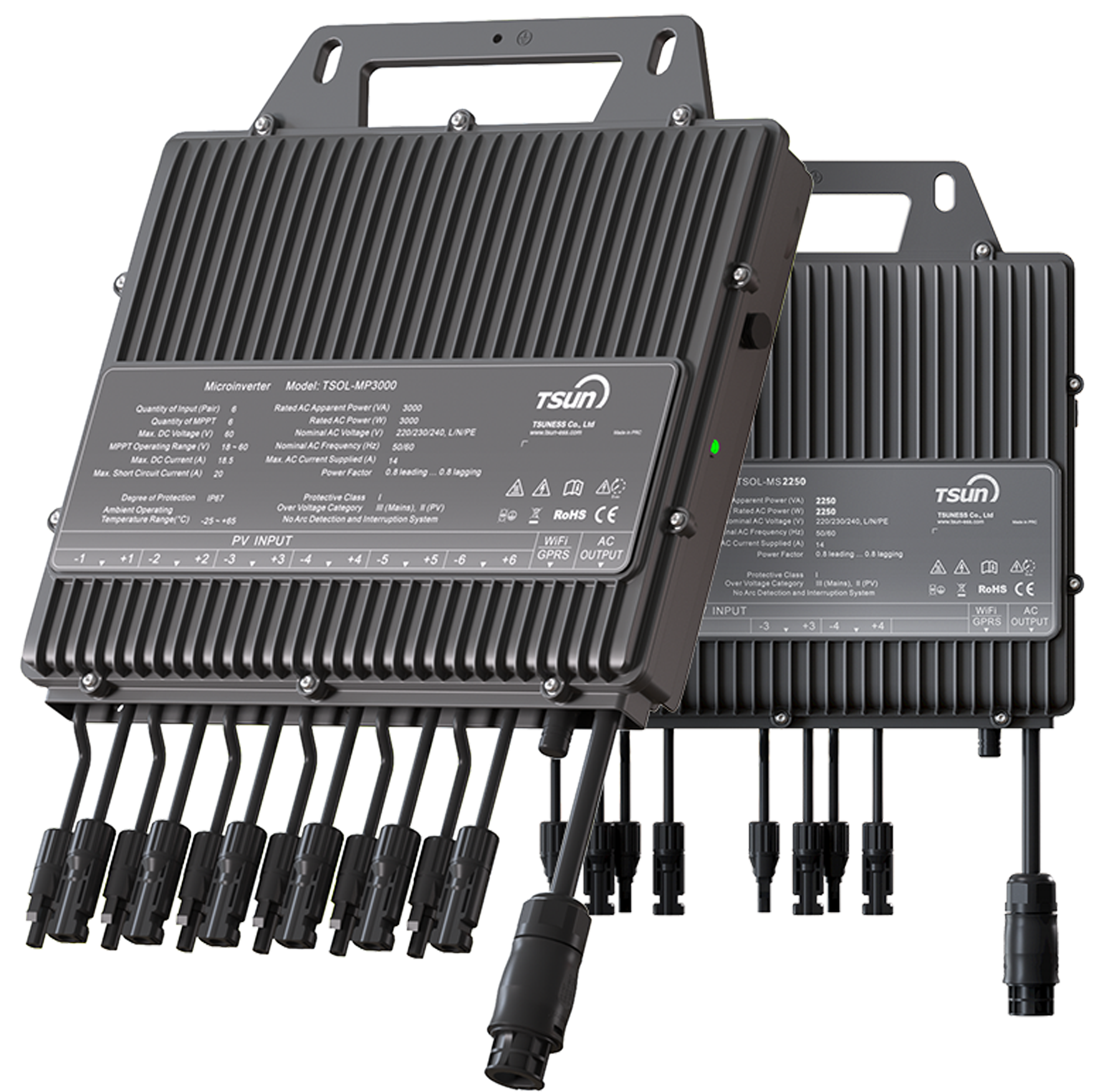

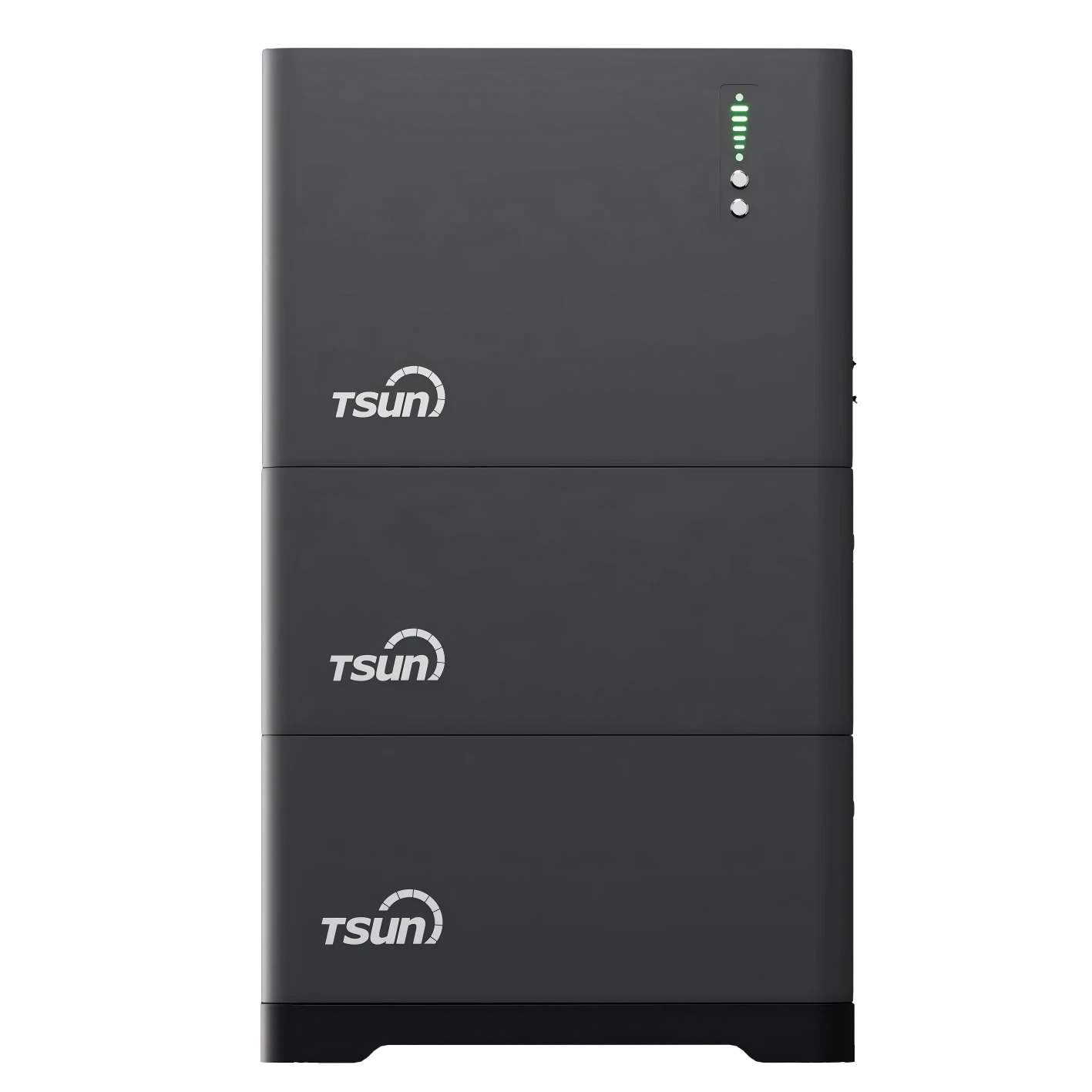
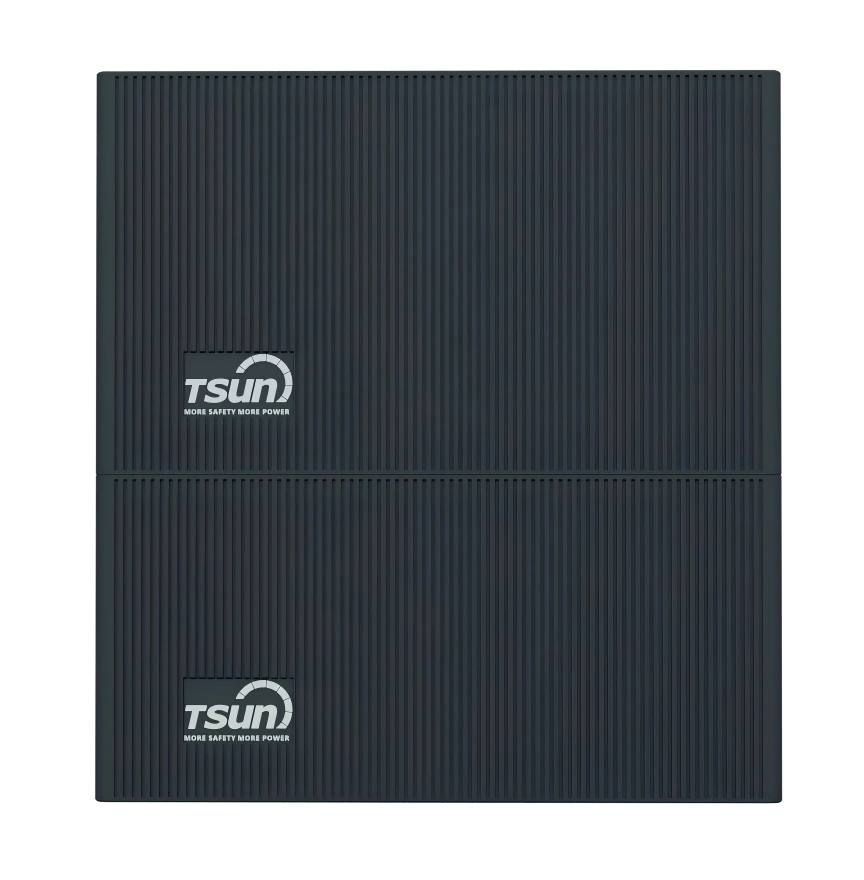



 Downloads
Downloads Video Center
Video Center Report Fault for Repair
Report Fault for Repair FAQS
FAQS Service Network
Service Network Privacy Policy
Privacy Policy Contact us
Contact us Monitoring
Monitoring




 LEARN MORE
LEARN MORE








